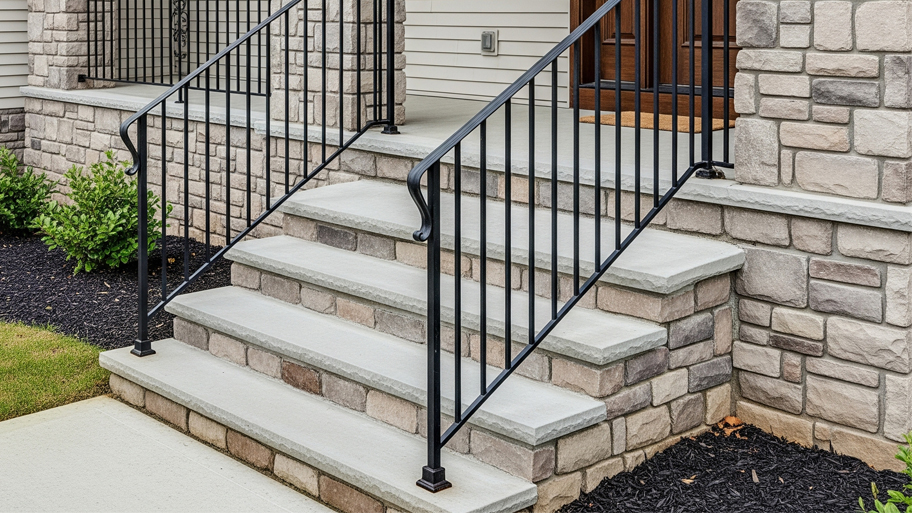
How much does outdoor railing installation cost? Find out the cost to install a railing on concrete steps, porches, and patios, including material and labor.
From subfloors to cabinets, you’ll find it all around your house
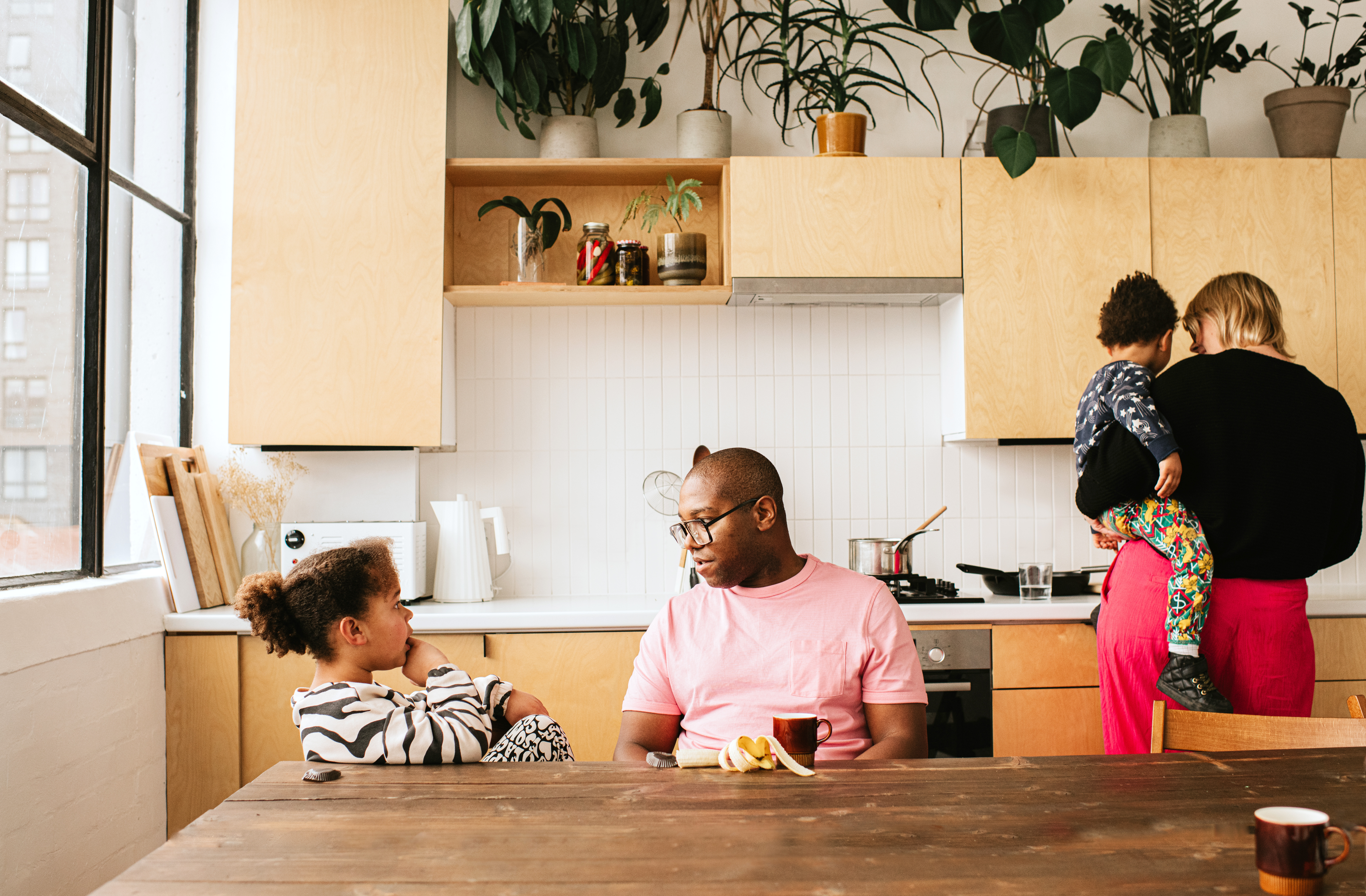

Plywood is made from three or more thin layers of wood veneer glued together.
While softwood plywood is the most popular, there are dozens of other types of plywood.
Standard plywood is a good choice for subflooring or sheathing.
Marine or exterior grade plywood are water resistant and ideal for outdoor projects.
What is plywood? You may be surprised to learn that plywood can be used for much more than just subflooring. From cabinets to accent walls to furniture, plywood is a versatile and strong material that’s well worth considering for a variety of projects. Keep reading to learn more about plywood, how to use it, and when to consider an alternative.
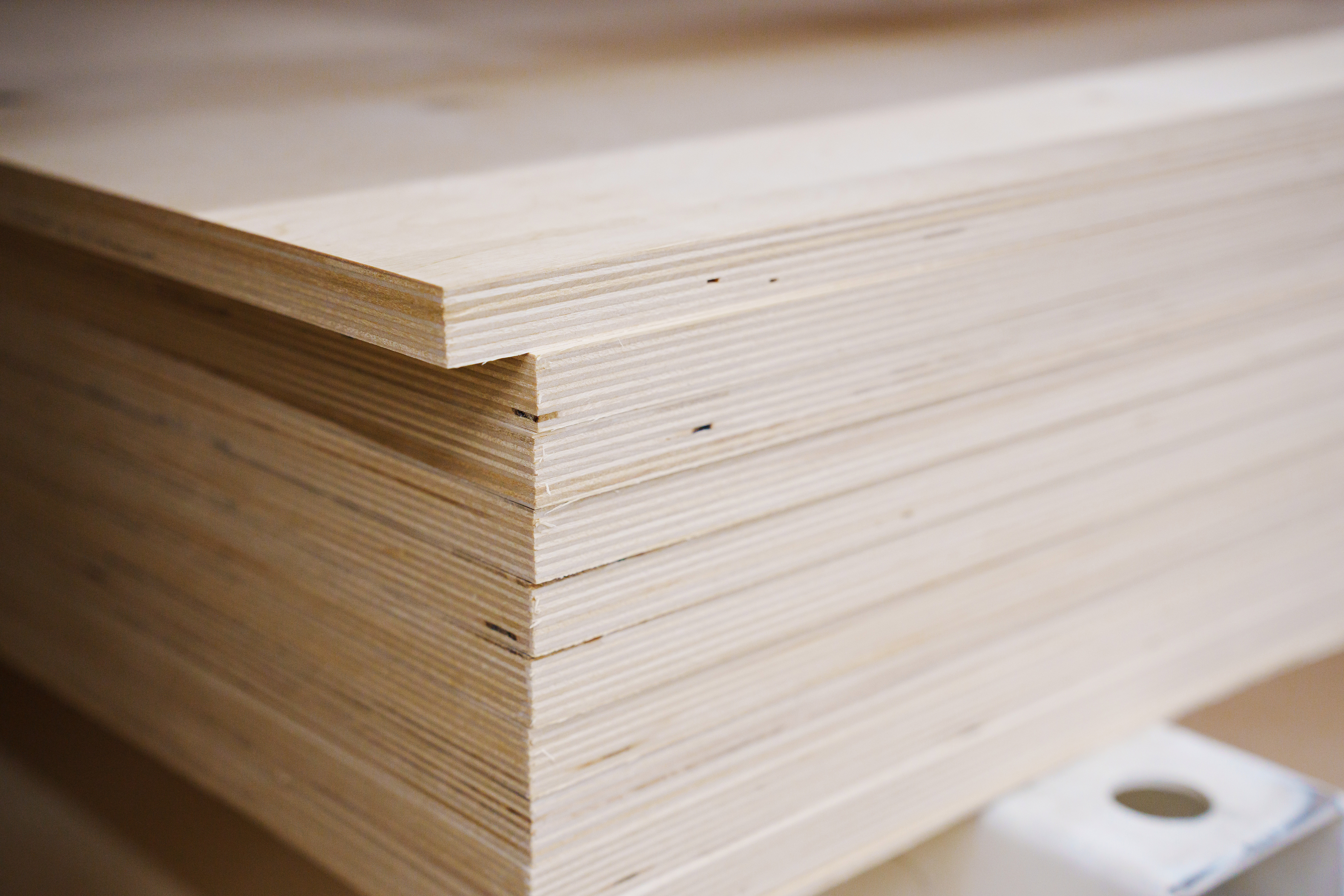
Think of plywood like a wood sandwich. It’s made from thin layers of wood veneer (called plies) that have been glued together, creating a strong, multi-use wood sheet material. Each layer is laid so that the grain is perpendicular to the previous layer, preventing the plywood from warping or splitting. It’s typically made from softwoods like spruce, pine, or Douglas fir and is sold in panels.
Plywood is typically defined by its ply, or the number of layers it has. The most common plywood for indoor use is 3 ply, while 5 ply is best for outdoor. Multi-ply refers to any plywood with 7 or more layers and is primarily reserved for structural use.
You can sand, paint, stain, or finish plywood however you see fit, making it a great option for a wide variety of applications.
Plywood is affordable and easy to work with, and there are many times when you should consider it instead of traditional wood. Plywood uses include:
Subflooring
Roof sheathing
Concrete molds
Shelving
Cabinetry
Accent walls
Ceiling panels
Traditional plywood, also known as softwood plywood, consists of approximately three layers of softwood and is lightweight, making it easy to work with.
But depending on your project, there are other types of plywood to consider, including:
Hardwood plywood: This plywood is made from hardwoods like oak or birch and is used for aesthetic purposes in furniture or cabinetry. It’s heavier than traditional plywood and offers increased stability.
Exterior plywood: As the name suggests, exterior plywood is reinforced with materials like weather-resistant adhesive that make it suitable for outdoor use.
CDX plywood: CDX plywood is a construction-grade plywood suitable for subfloors or sheathing. It’s unfinished, meaning it’s affordable, but it uses moisture-resistant glue that makes it a better choice for flooring.
Flexible plywood: This plywood is thinner than traditional options, which allows it to bend around structures as needed.
Marine plywood: Marine plywood is a high-end plywood option (also called Grade A plywood) that features an attractive and smooth finish. Use this plywood for decorative purposes, like benches or even docks.
A professional carpenter near you can help you choose the best type of plywood for your project.
Here’s a look at how plywood stacks up against other types of engineered hardwood like medium-density fiberboard (MDF) or oriented strand board (OSB) as well as traditional drywall.
Plywood and MDF are both made from real wood, but there are a few key differences. Plywood is made from thin plies of wood, while MDF is made from wood fibers. Plywood is stronger and can handle more weight, making it a better choice for building or other construction needs.
MDF features a smooth finish that’s easy to paint and cut with no visible wood grain, and it’s more affordable. So if you’re painting the piece and don’t care if the product features wood grain, MDF could be a smart choice.
OSB is made of thin strands of wood glued together, while plywood is made from thin layers of wood veneer. OSB is typically more affordable than plywood and can even be stronger, but it doesn’t offer the same moisture resistance or visual appeal of plywood. It is also messier to cut, with lots of dust and shards to contend with. When choosing between OSB vs. plywood, consider your application and budget.
Plywood is a versatile product with numerous applications, which may leave you wondering if it can be used as an alternative to drywall. In general, when comparing drywall vs. plywood, two main drivers make drywall a better option: It’s fire-resistant, and it’s more affordable. There’s no real benefit to choosing plywood over drywall, unless it’s for a feature wall.
From average costs to expert advice, get all the answers you need to get your job done.

How much does outdoor railing installation cost? Find out the cost to install a railing on concrete steps, porches, and patios, including material and labor.
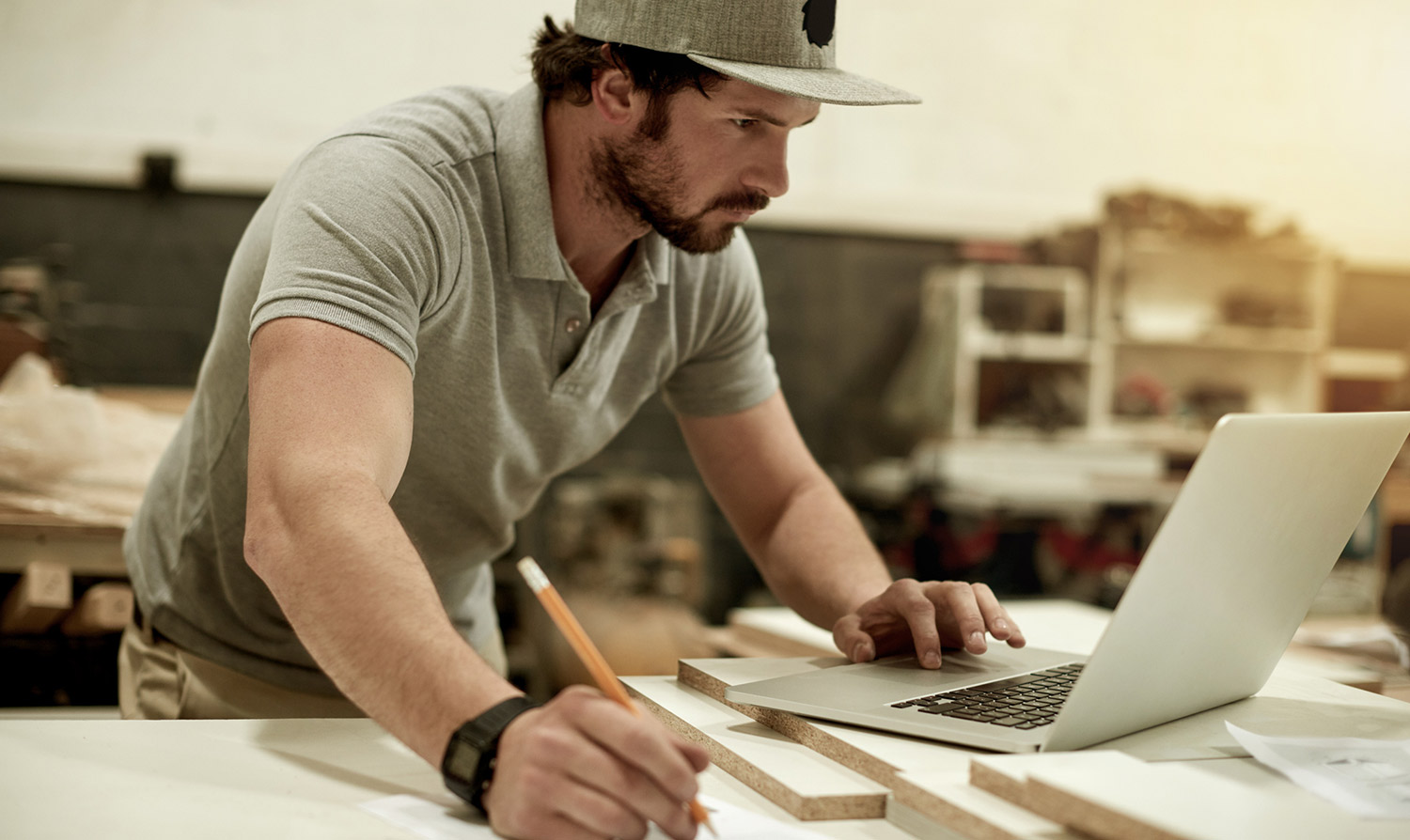
Find out how much carpenters charge, including average rates, cost factors, and tips to help you budget for your next carpentry project.
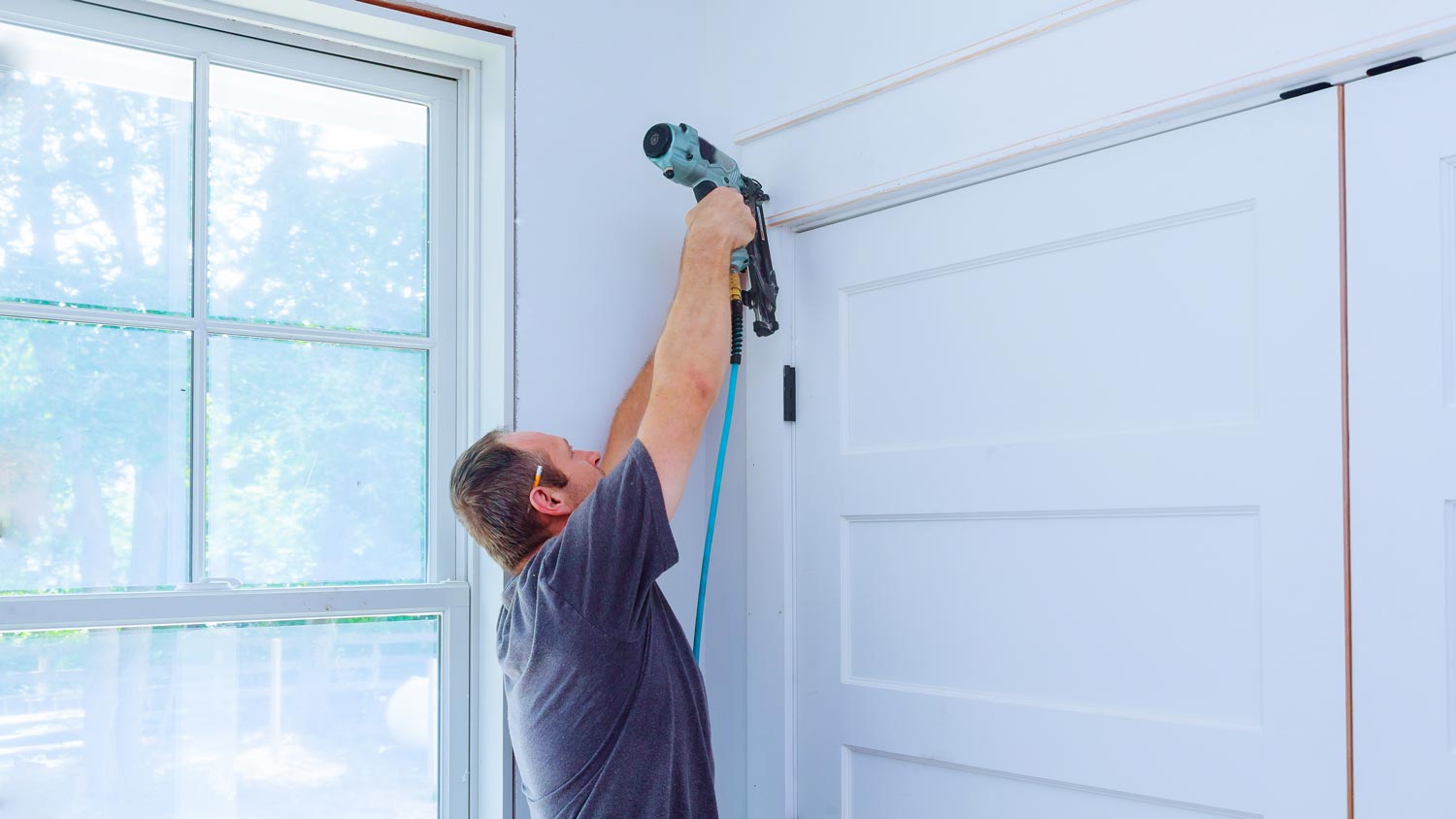
Discover the cost of widening a doorway, including average prices, key cost factors, and tips to help you budget for your project.
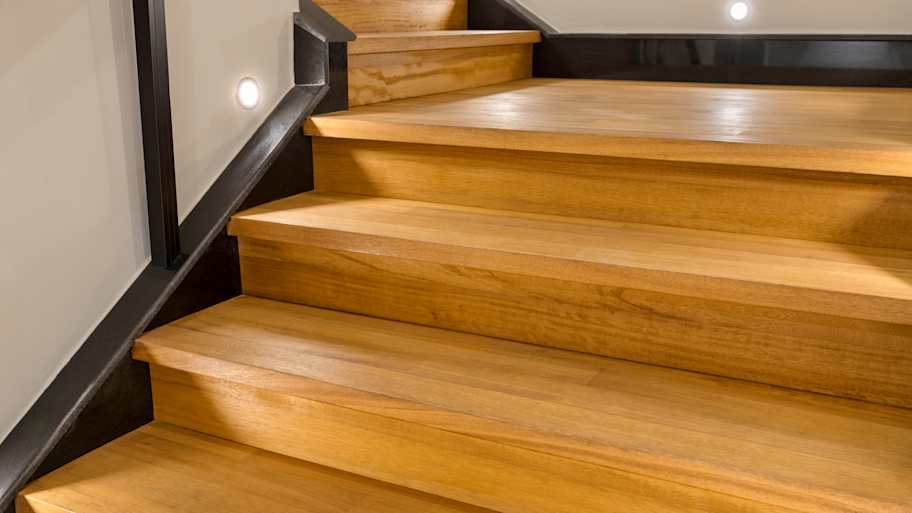
Wondering how much a spiral staircase costs to install? Discover prices, key cost factors, and tips to save on your spiral staircase installation.
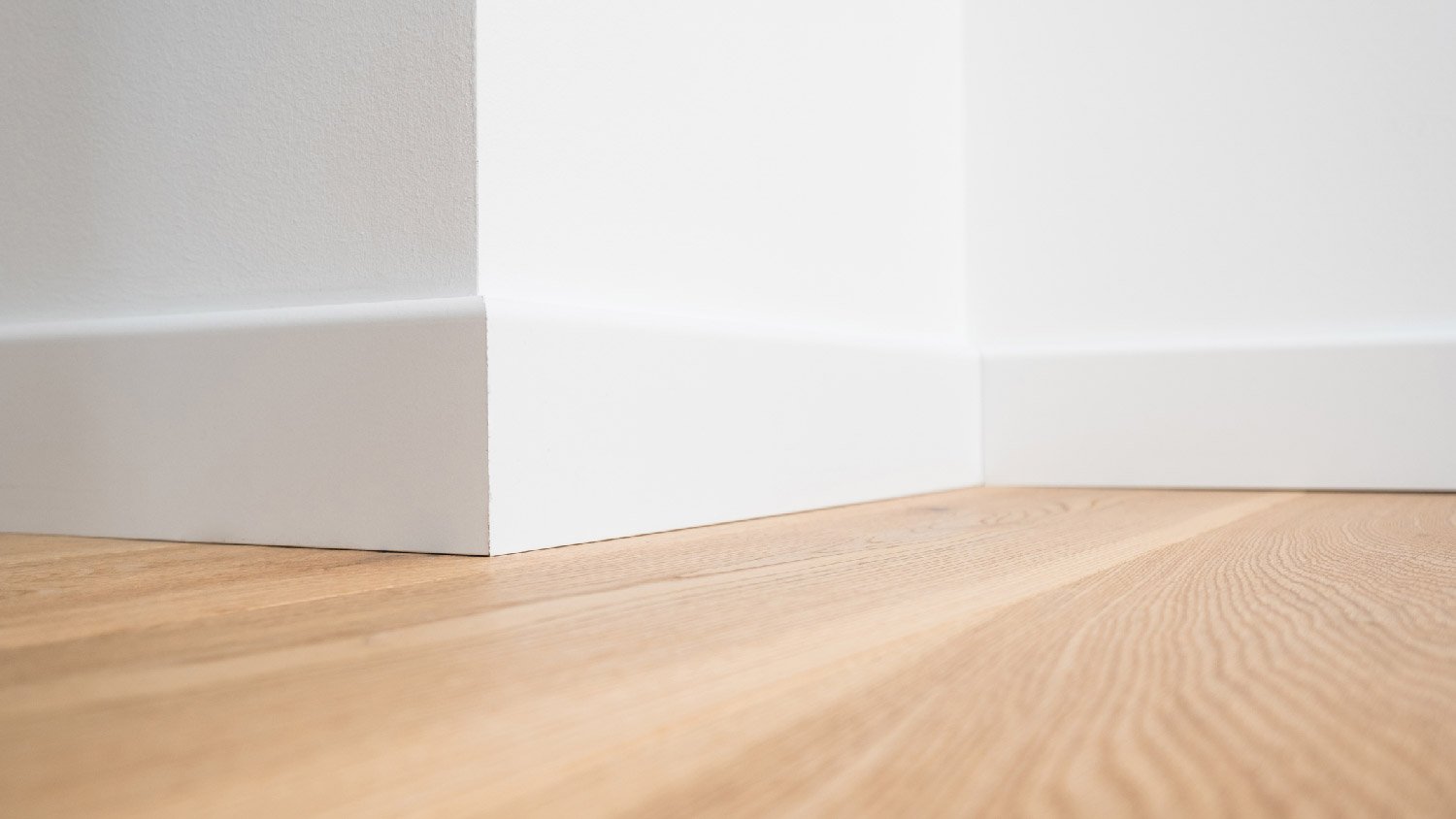
Baseboard holes are no small blemish. They're easily visible in a room. Learn how to fill nail holes in baseboards to keep walls clean and smooth.
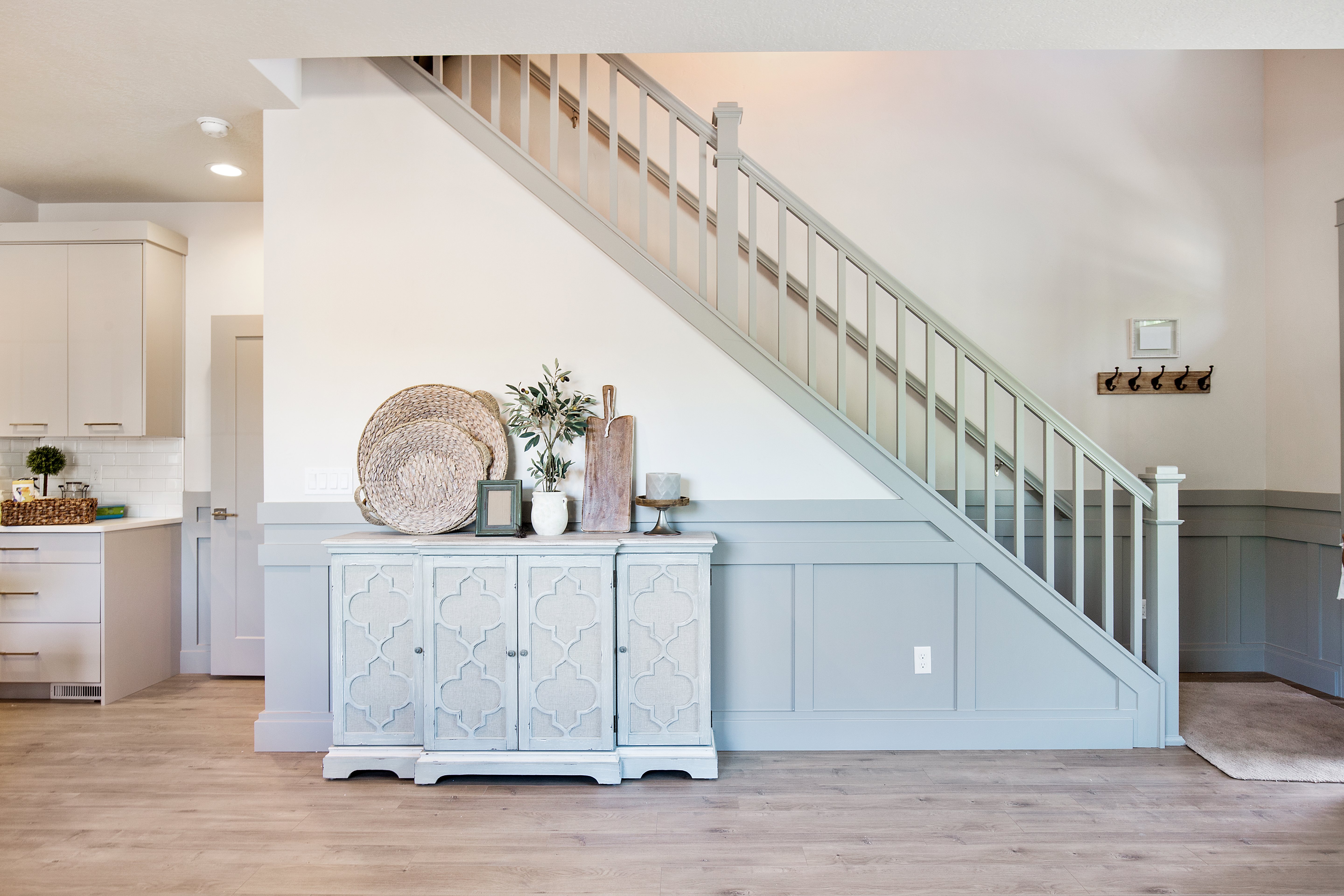
Stair railing heights can be adjusted somewhat, but building and safety codes have parameters to obey. Read on and learn how to arrive at precise, usable measurements.